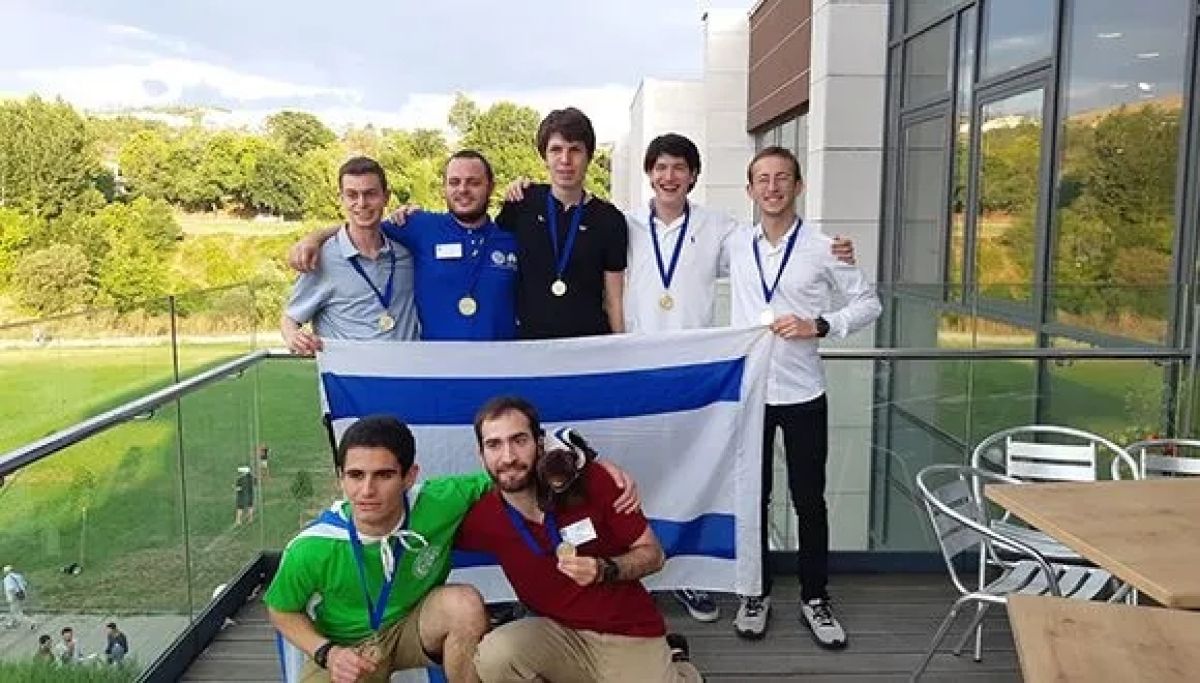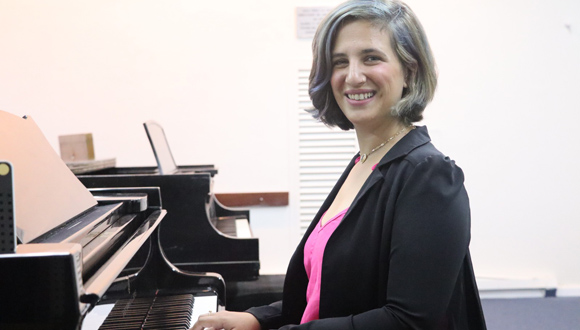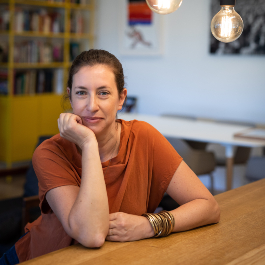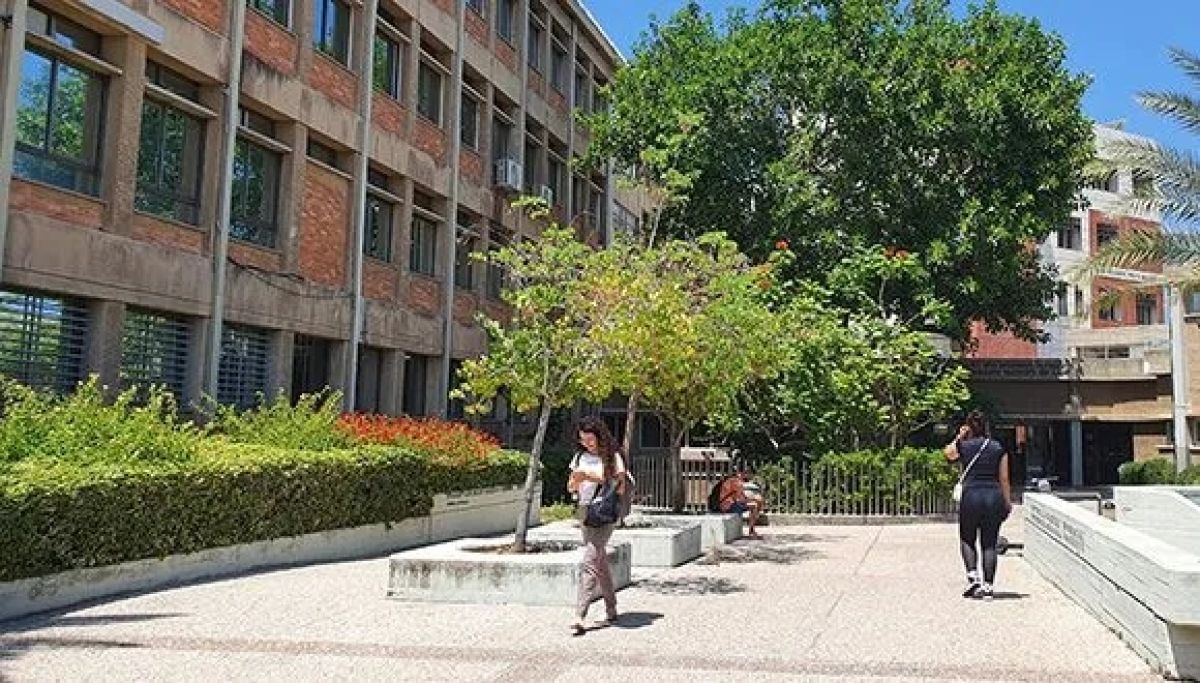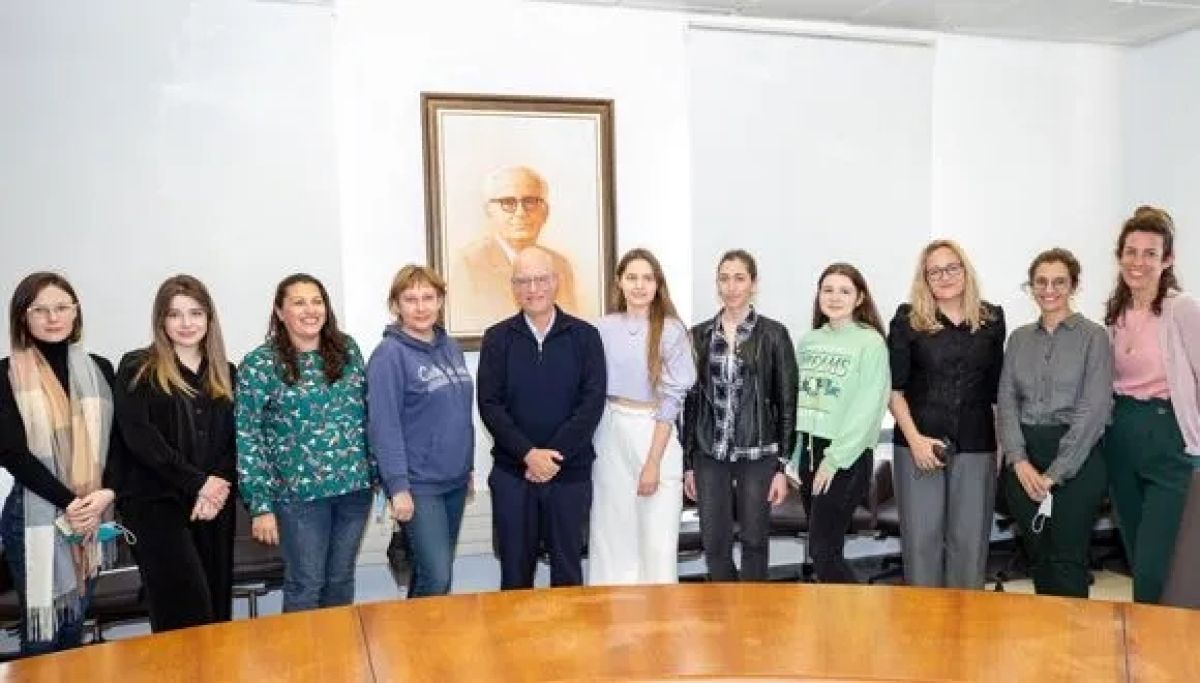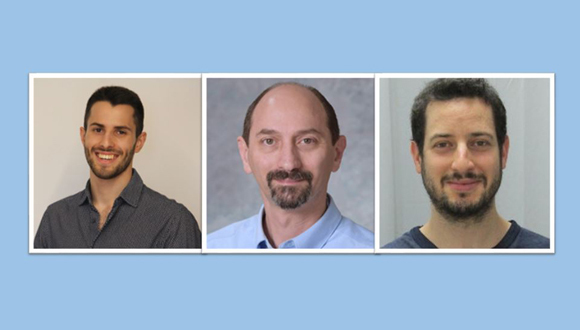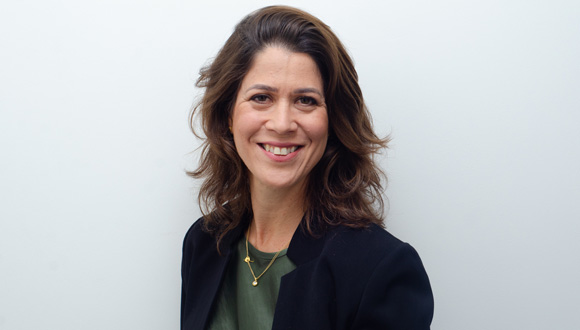TAU Students Team Wins 1st Place in Int’l Mathematics Competition
Team competed with 600 students from leading universities around the world.
An impressive achievement for Tel Aviv University students, who won first prize in a renowned mathematics competition, the International Mathematics Competition (IMC). The competition took place in Blagoevgrad, Bulgaria, with the participation of 600 students from leading universities around the world. At the end of the one-week long competition, the students from Tel Aviv University got the highest group score (292.5 points), as well as the highest individual score.
The TAU delegation consisted of 8 students from the School of Mathematical Sciences: Shvo Regavim, Noam Tashma, Lior Hadassi, Shahar Friedman, Lior Schain, Dror Fried, Tommy Winetraub and Uri Kreitner. They were accompanied by team leaders Dr. Dan Carmon and Dor Metzer from the School.
Other competition participants came from leading universities, such as: University of Cambridge (England), École Polytechnique (France), Rheinische Friedrich-Wilhelms-Universität Bonn (Germany), University of Amsterdam (Holland), University College London (England), Loránd Eötvös University (Hungary), Barcelona University (Spain).
“The competition required a combination of skills: mathematical knowledge at a very high level, along with creativity and the ability to deal with pressure.”
Academic Powerhouse in World of Mathematics
The Head of TAU’s School of Mathematical Sciences, Prof. Yaron Ostrover, and the program coordinator, Prof. Yehuda Shalom, congratulated the students, and said: “We are very proud of our students for winning first place in the IMC. Their efforts and commitment, as well as that of their team leader, Dr. Dan Carmon, are praiseworthy.”
“TAU’s School of Mathematical Sciences values the preparation of the future generation who will be at the forefront of Israel’s research, science and technology industries. The impressive achievement showcases an important aspect of Israel in general and Tel Aviv University in particular, as an academic powerhouse in the world of mathematics. We also congratulate other universities in Israel for their great achievement.”
Dr. Carmon, the team’s math coach and an engineer with StarkWare says: “We competed against some of the best math students in the world, and are very proud of our success. I’d like to congratulate all the Israeli participants for their excellent achievement. The competition required a combination of skills: mathematical knowledge at a very high level, along with creativity and the ability to deal with pressure. I am sure that the skills the students acquired in the competition will serve them in the future as well. In addition, I’d like to thank my colleagues at StarkWare, who helped us with the expenses involved.”
Mink the Mascot Works His Magic
Dror Fried, one of the team members, says: “The IMC competition is intended for university students, which means that it also includes integrals, linear algebra, and more. Our students tend to perform well in mathematical competitions, but I did not expect that we’d win the first place in the IMC. I was very happy at the closing ceremony when it was announced. I’m also very grateful to Mink, our group mascot, who helped make it happen.”
“Winning is exhilarating,” notes Lior Hadassi. “The atmosphere at the event is very friendly and the medals are just plastic and really not the center of the event, but it’s always fun to win.”

Paying respect to Mink
“We’re all graduates of the Youth Olympiad, with lots of experience in competitive mathematics. Competitions are always stressful, though. Even the hundredth time around. No matter how prepared you think you are, once the competition starts, your adrenaline flows.”
A Meeting of Cultures
“The IMC is a meeting of cultures,” explains Lior. “It was fun to meet teams from all over Europe, from Germany and France, and even from Singapore. I met some friends who I know from the Youth Olympics and who I didn’t think I’d get to see again.”
“This is the fifth international competition that I’m competing in, but the first four of them were all in a virtual format because of Covid-19,” says Dror. “So, it was a welcome opportunity to meet everyone. I spoke with quite a few students from around the world. Everyone had interesting things to say about their country, university, the competition itself, or just stories like how the Slovenians steal the Germans’ mascot every year. I’m in touch with some of the participants, and the WhatsApp group of the contestants is still active.”
“Competitions are always stressful, though.” adds Lior. “Even the hundredth time around. No matter how prepared you think you are, once the competition starts, your adrenaline flows. The most stressful part is when you’re unable to solve a question and the clock is ticking. On the first day of the competition, I was stuck on a question during three full hours. Only in the last half hour of the test did it occur to me how I should solve it.”
“Thank you to Dan Carmon and Dor Metzer, our team leaders, who did a great job organizing our participation and making sure that none of us got lost on the trip. A huge thank you to Lev Radzivilovksi, the head coach of the Israeli math team. Although this time he was not part of the delegation, he cultivated my mathematical abilities and those of many other participants. Without him, Tel Aviv University would not have made this achievement,” concludes Dror.
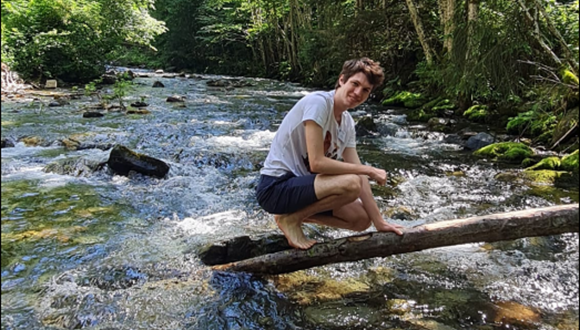
Dror Fried enjoys Bulgarian nature

